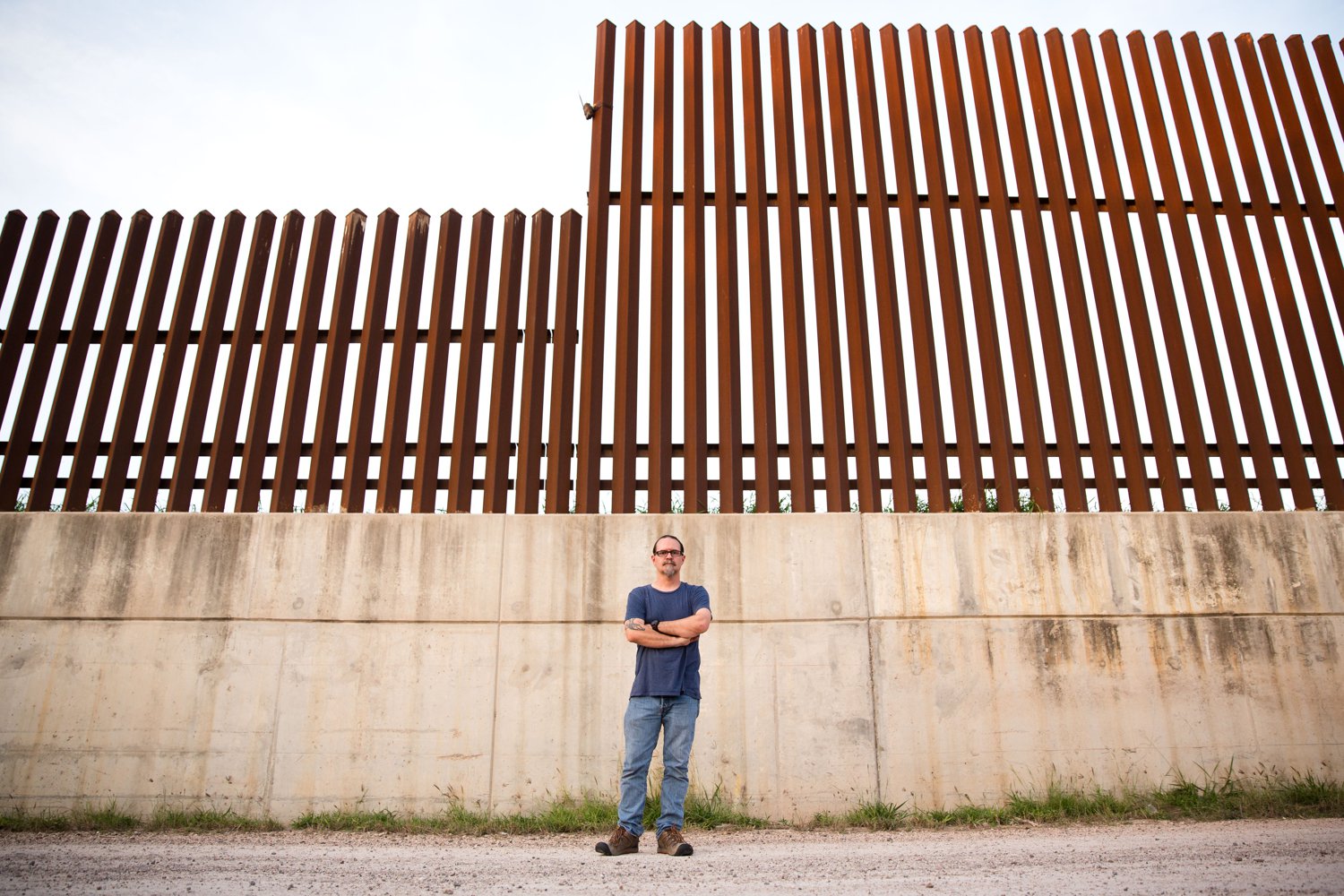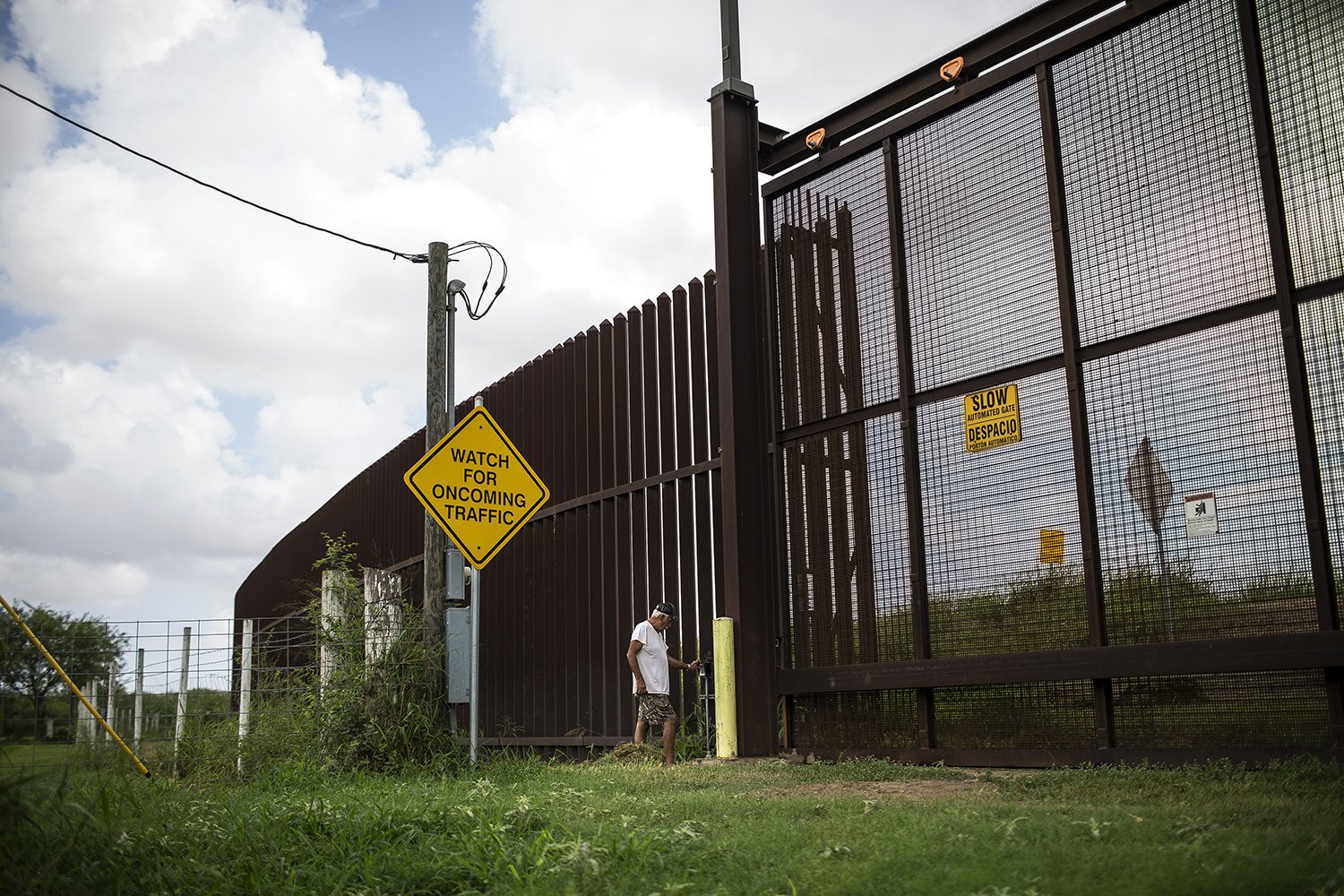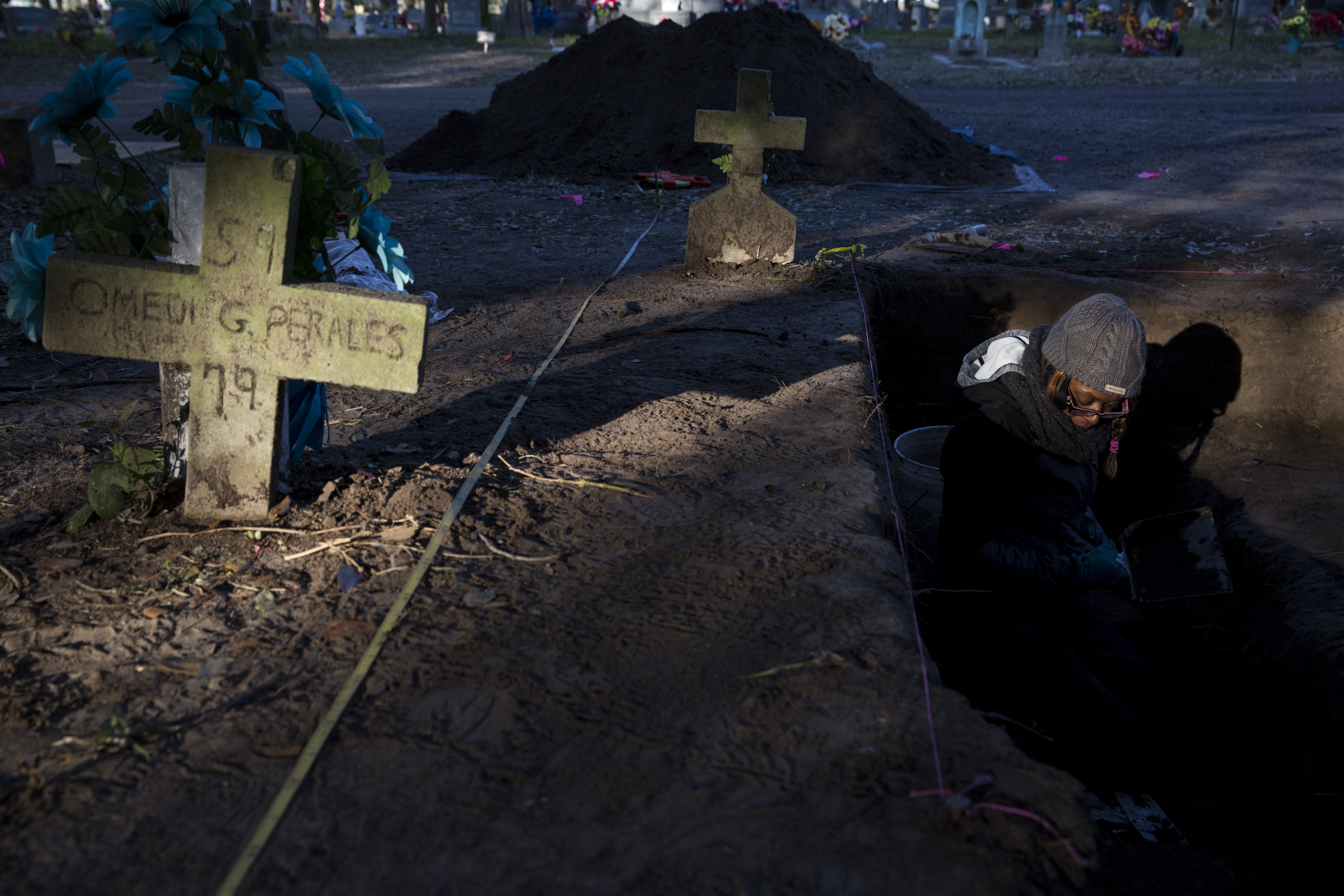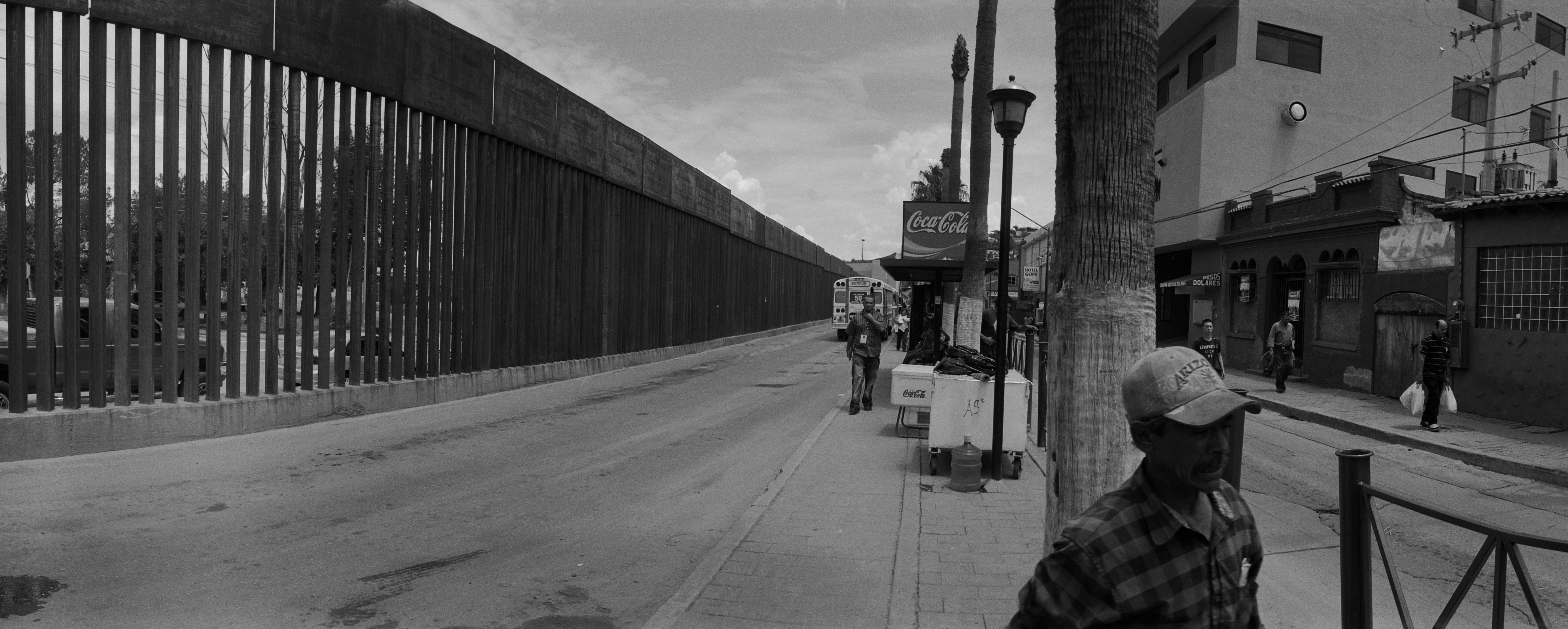
A decade ago, the federal government swept into South Texas and began seizing land to build a border fence. The Texas Tribune and ProPublica's investigation of those seizures revealed a rushed, sloppy process that gave Texans wildly different payments for their land. Kiah Collier and Julian Aguilar made several trips to the border, shot drone footage of the fence and the border landscape, and convinced a handful of people now living in the shadow of the fence to tell stories of how a government "declaration of taking" led to a quick seizure of their land—followed by what in many cases became a long legal struggle over fair payment.
They also found documents that showed how political pressure to finish the fence quickly pushed federal agencies to take shortcuts that in many cases undercut a longstanding American principle that the government should not seize private land without providing fair compensation. In its rush to finish the fence, the government often skipped professional property appraisals, didn't obtain detailed descriptions of the land it wanted to seize, and in some cases paid people for land they didn't own.












